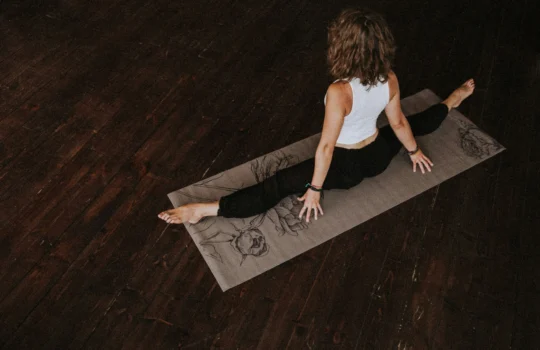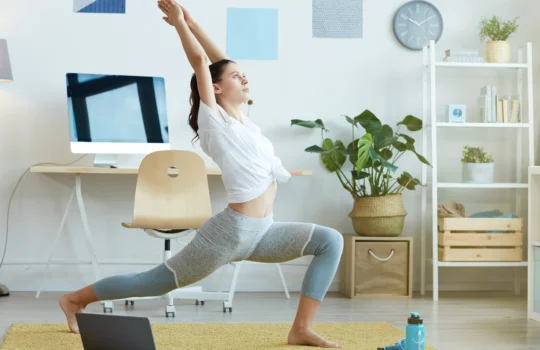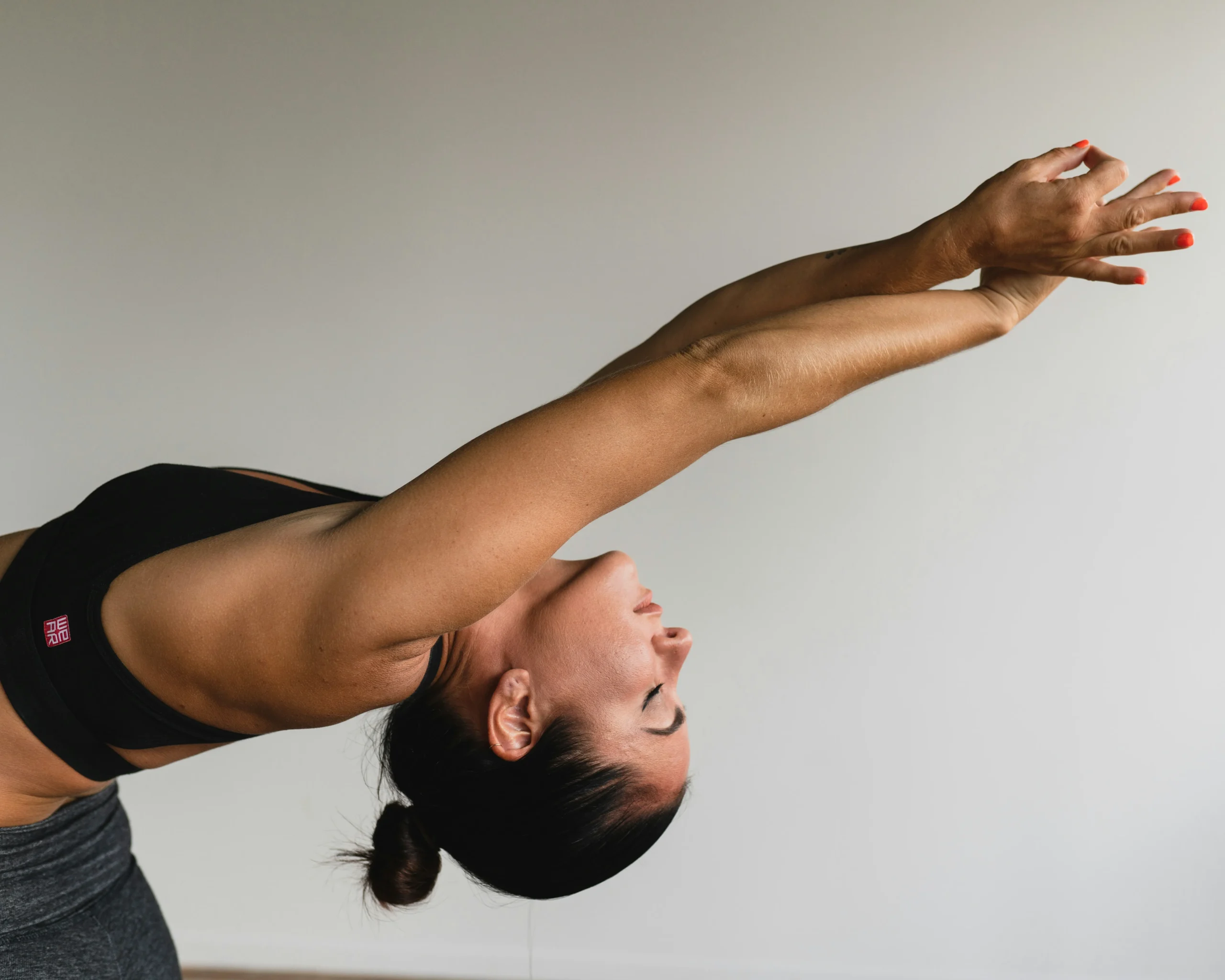Somatic Yoga for Beginners: 8 Easy Steps to Emotional Healing and Mindful Awareness
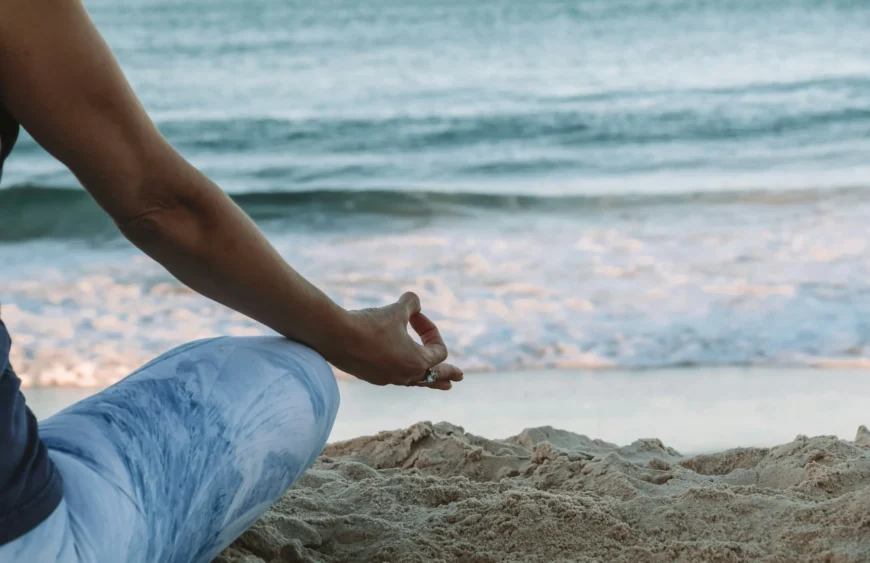
Somatic Yoga, while not as universally known as other yoga forms, offers profound benefits, particularly in emotional healing and mindfulness. This practice integrates the principles of body awareness with traditional yoga poses to create a gentle yet powerful approach that promotes deep internal healing. This article is especially crafted for beginners, providing you with easy-to-follow steps that introduce you to the core concepts and practical applications of somatic yoga. Whether you’re looking to manage stress, alleviate emotional blocks, or simply gain greater awareness of your mental and physical states, somatic yoga can be a transformative tool.
By embarking on this journey, you will discover how somatic yoga not only enhances your physical flexibility but also stabilizes your emotional landscape, making every day challenges more manageable. Let’s explore this gentle path to wellness, ensuring a supportive start for your mind-body journey.
Table of Contents
What is Somatic Yoga?
Somatic Yoga is a unique style of yoga that focuses on the internal experience of movement and posture rather than the external appearance or the end goal of achieving perfect form. This practice emphasizes the awareness of the body’s sensations, known as somatic awareness, which is crucial in recognizing and releasing physical tension that often correlates with emotional stress.
Originating from the work of Thomas Hanna, somatic yoga incorporates somatics, a field of movement study that explores the body’s internal sensations. The key principle behind somatic yoga is the reeducation of the body through movement, which involves slow, mindful movements to heighten bodily awareness and refine control of one’s muscles.
This form of yoga is particularly beneficial for those recovering from trauma or experiencing chronic stress, as it teaches practitioners to notice and modify habitual patterns that might be causing pain or misalignment in the body. Somatic yoga serves not just as a physical exercise but as a method of psychological healing, helping individuals reconnect with their bodies in a nurturing, accepting way.
By focusing on the internal experience, somatic yoga fosters a deep sense of presence and mindfulness, making it a powerful practice for those seeking to deepen their emotional awareness and healing.
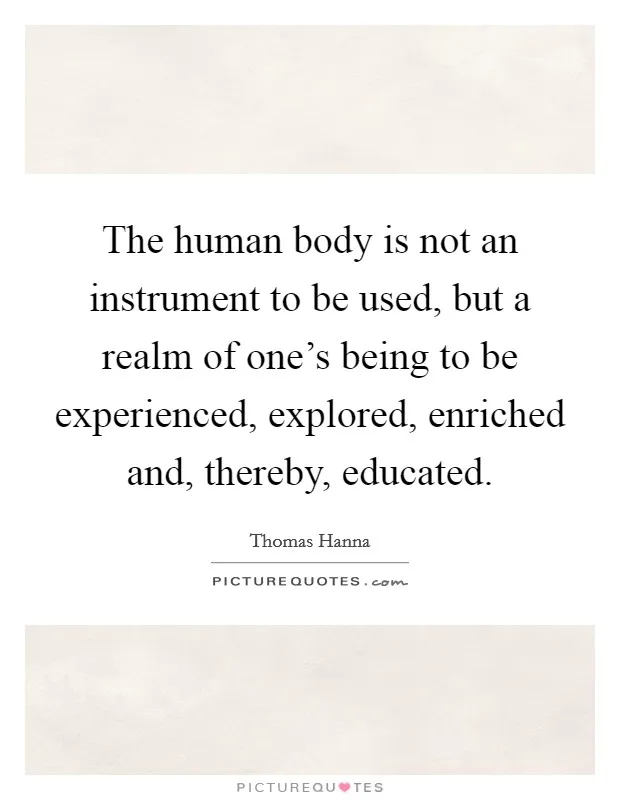
The Connection Between Somatic Yoga and Emotional Healing
Somatic Yoga goes beyond physical fitness; it’s a therapeutic tool with profound emotional healing properties. This form of yoga helps individuals become more attuned to their body’s needs and distress signals, thereby contributing significantly to emotional recovery and well-being. At its core, somatic yoga allows practitioners to explore and release emotional tension that is often stored in the body.
The body often holds onto past traumas and stress in the form of muscle tension and restricted breathing patterns. Somatic yoga addresses these issues directly through movement and awareness, which can lead to a release of these pent-up emotions. For example, specific poses and movements are designed to open areas of the body commonly affected by stress, such as the hips and shoulders, where emotional baggage can be unconsciously held.
Moreover, the gentle, mindful approach of somatic yoga encourages a nurturing attitude towards oneself, which is crucial in healing emotional wounds. It teaches practitioners to notice their limitations and discomfort without judgment, promoting an internal environment of acceptance and compassion. This can be particularly transformative for those who have experienced emotional suppression, providing a safe space to feel and acknowledge buried emotions, and ultimately, to let them go.
The Role of Mindfulness in Somatic Yoga
Mindfulness is a cornerstone of somatic yoga, essential for fostering a deep connection between the mind and body. This practice involves paying close attention to the present moment and to the physical sensations experienced during each movement and pose. By focusing on the here and now, practitioners of somatic yoga can break free from the cycle of automatic responses that often govern our actions and reactions.
Incorporating mindfulness into somatic yoga means actively observing one’s thoughts, feelings, and bodily sensations without judgment during the practice. This awareness builds a bridge to better understand our habitual patterns, such as how we manage stress or respond to discomfort. Mindfulness in somatic yoga teaches detachment from these patterns, offering a new perspective on pain and discomfort, and empowering individuals to make conscious choices rather than reacting impulsively.
The mindful aspect of somatic yoga also enhances concentration and mental clarity, which contributes to overall emotional stability. Regular practice helps reduce stress, anxiety, and depression by promoting relaxation and enhancing the body’s natural ability to heal. Moreover, mindfulness cultivated through somatic yoga can extend beyond the mat, improving general life quality by enhancing emotional resilience and the ability to remain centered in challenging situations.
Together, the emotional healing facilitated by the physical practices of somatic yoga and the mental clarity brought about by mindfulness create a powerful duo that can significantly enhance an individual’s emotional and physical well-being.
Step 1: Understanding Your Body’s Signals
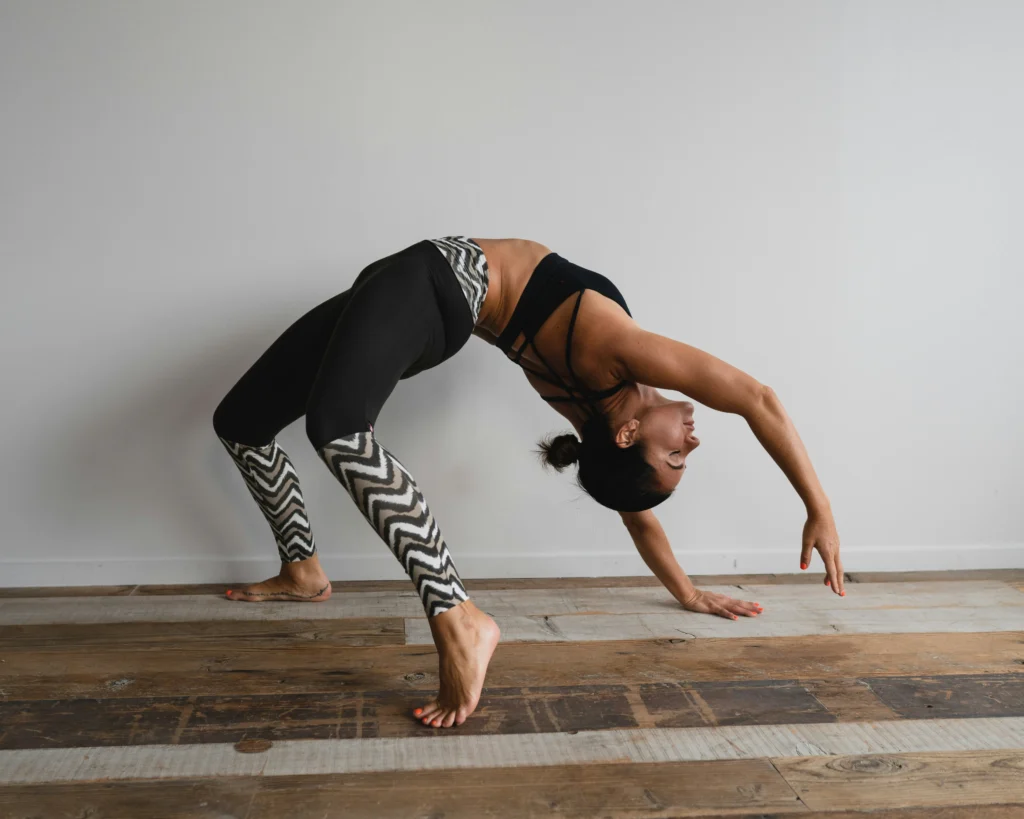
The first step in practicing somatic yoga effectively is learning to understand and interpret your body’s signals. This awareness is crucial as it forms the basis of how you respond to your body’s needs and adjust your practice accordingly. To begin, focus on developing a keen sensitivity to the nuances of bodily sensations.
- Start with Stillness: Begin by sitting or lying down in a comfortable position. Close your eyes and take a few deep breaths, directing your attention inward.
- Scan Your Body: Slowly scan your body from head to toe. Notice any areas of tension, discomfort, or ease. Observe these sensations without trying to change them.
- Mindful Movement: Introduce slow, small movements, like gently tilting your head or slowly bending a joint. Notice how these movements affect your sensations and feelings in different parts of your body.
- Journaling: Keep a journal of your observations. Over time, this will help you track patterns and learn more about how your body communicates its needs and responses.
Understanding your body’s signals teaches you to recognize early signs of emotional or physical distress, allowing you to address these issues before they escalate.
Step 2: Breathing Techniques for Emotional Regulation
Breathing techniques are a fundamental element of somatic yoga, particularly for managing emotions. Controlled breathing not only affects your physiological states but also helps regulate emotions, preparing the mind and body for a deeper yoga practice.
- Diaphragmatic Breathing: Also known as belly breathing, this technique involves deep breathing that fully engages the belly, improving oxygen exchange and activating the parasympathetic nervous system, which promotes relaxation.
- Extended Exhale: This technique focuses on lengthening the exhale compared to the inhale, which aids in releasing tension and anxiety.
- Counted Breath: Inhale for a count of four, hold for four, exhale for four, and hold again for four. This technique, known as “box breathing,” is effective for maintaining focus and calming the mind.
- Practice Regularly: Integrate these breathing exercises into your daily routine, not just during yoga sessions, to help maintain emotional balance throughout the day.
These breathing practices not only improve physical health by enhancing lung function but also stabilize mood and decrease stress levels.
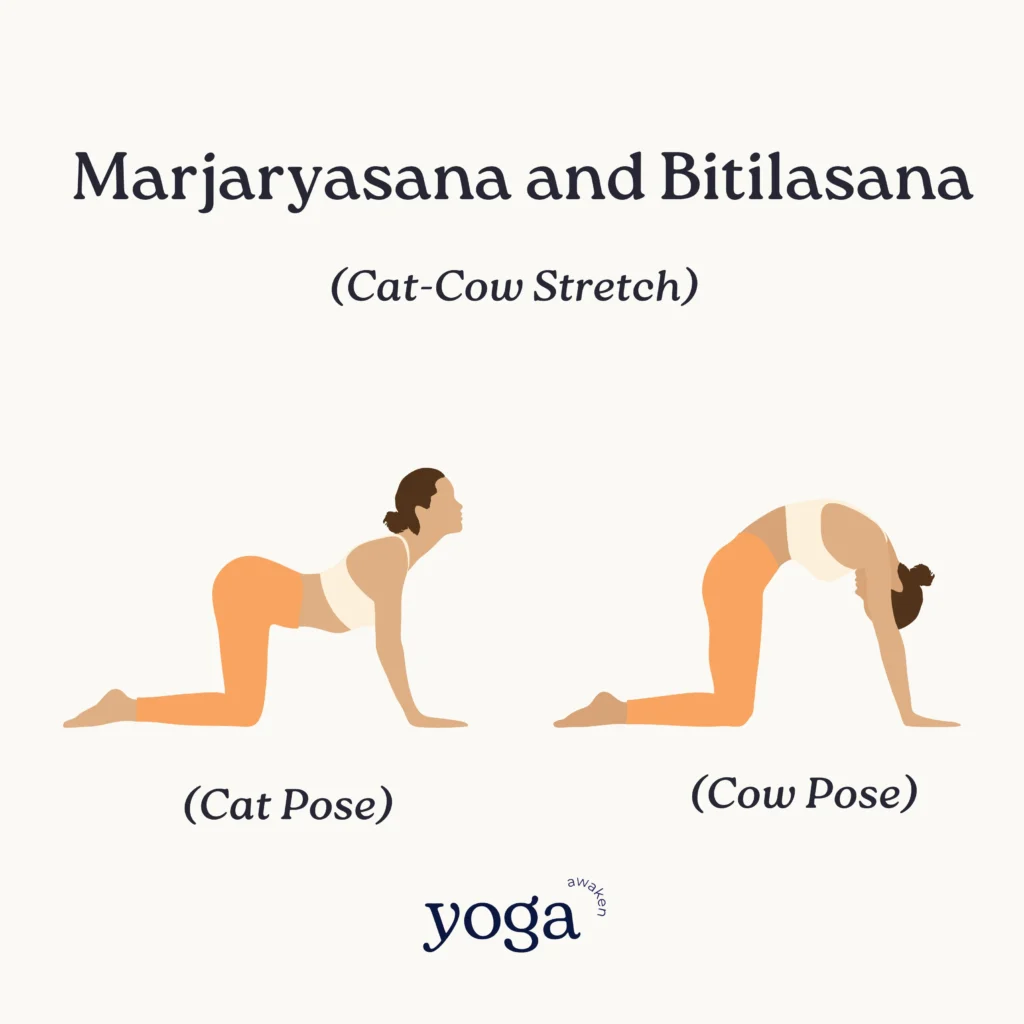
Step 3: Gentle Yoga Poses for Beginners
Gentle yoga poses are ideal for beginners as they are less strenuous and provide the foundation for building body awareness and flexibility without overwhelming the practitioner.
- Cat-Cow Pose: This gentle flow between two poses helps to warm up the spine and relax the neck and shoulders, easing tension.
- Child’s Pose: A restorative, calming pose that relaxes the nervous system and is good for digestion as well as relieving back and neck pain.
- Mountain Pose: Although it appears simple, standing firm and steady in Mountain Pose helps to improve posture, balance, and calm focus.
- Tree Pose: Enhances balance and concentration while strengthening thighs, calves, ankles, and spine.
- Seated Forward Bend: Encourages a peaceful mind and extended stretch in the back and hamstrings.
These poses are not only physically beneficial but also allow beginners to practice mindfulness and develop deeper awareness of their bodies as they engage different muscle groups gently and effectively.
Step 4: Developing Body Awareness Through Movement
Developing body awareness is a critical component of somatic yoga, enhancing the connection between mind and body through mindful movement. This step involves recognizing and respecting the body’s limits and capabilities, which leads to a deeper understanding and healthier interaction with one’s physical self.
- Progressive Muscle Relaxation: Begin by tensing and then relaxing different muscle groups. This not only improves awareness but also helps in identifying areas of chronic tension or strain.
- Slow Motion Movement: Perform yoga poses or simple daily activities in slow motion to become more attuned to the subtleties of movement and alignment.
- Body Part Focus: During practice, focus intensely on one part of the body at a time. This can deepen your understanding of how different parts connect and respond to movements.
- Feedback Loop: Use a mirror or video to observe your movements and adjust your posture and technique. This visual feedback can be incredibly insightful for improving body awareness.
Practicing these techniques allows for a greater appreciation of how the body functions and responds, facilitating a more informed and mindful approach to movement and posture.
Step 5: Integrating Mindfulness into Your Practice
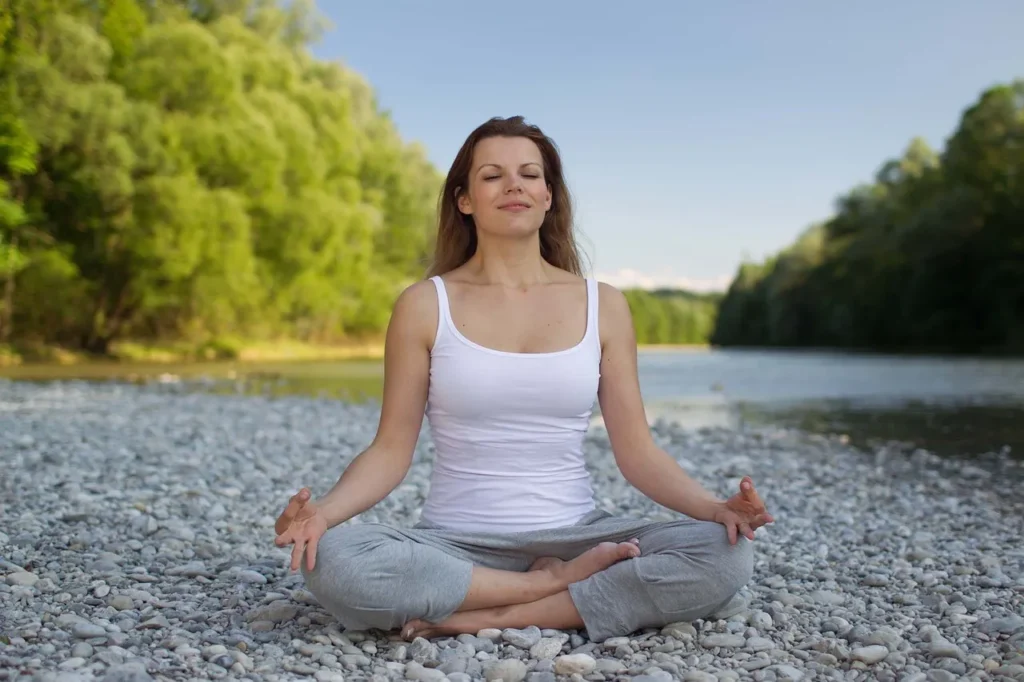
Mindfulness in somatic yoga involves maintaining a moment-by-moment awareness of our thoughts, feelings, bodily sensations, and surrounding environment. This integration is crucial for enhancing the therapeutic effects of yoga on mind and body.
- Conscious Breathing: Use the breath as an anchor to bring your focus back to the present moment whenever your mind wanders during practice.
- Mindful Observation: During each pose, instead of thinking about the pose itself, focus on the sensations it evokes in the body. Note any areas of resistance or ease.
- Acceptance: Actively practice accepting your body’s limits each day without judgment. This can help reduce the frustration that might come with challenging poses or days when you feel less flexible or focused.
- Meditation Incorporation: Begin or end your sessions with a short meditation, focusing on breath or a mantra, to enhance mindfulness and center the mind.
Integrating these mindful practices into your somatic yoga routine can lead to deeper relaxation, greater emotional balance, and an enhanced sense of well-being.
Step 6: Daily Practices for Emotional Stability
Consistency in practice is key to achieving emotional stability through somatic yoga. Establishing daily routines that incorporate mindfulness and body awareness can have profound effects on emotional health.
- Regular Yoga Practice: Aim for a consistent schedule, whether it’s a full session or just a few poses each day, to maintain emotional balance.
- Mindful Eating: Extend mindfulness to eating habits by paying attention to the taste, texture, and effects of food on your body. This can improve digestion and emotional relationship with food.
- Journaling: Keep a daily journal of your emotional landscape and how it correlates with your yoga practice. This can help identify triggers and patterns in emotional responses.
- Nature Walks: Incorporate walks in nature into your routine. The combination of physical activity and being in a calming environment can significantly boost mood and emotional clarity.
By making these practices a part of your daily life, you’re more likely to experience sustained emotional stability and overall mental health benefits, leveraging the full therapeutic potential of somatic yoga.
Step 7: Using Visualization for Deeper Emotional Release
Visualization is a powerful technique in somatic yoga that can enhance the emotional healing process. It involves creating mental images that evoke feelings of peace, relaxation, and well-being, helping to deepen the emotional impact of the physical practice. Here’s how to incorporate visualization into your somatic yoga routine:
- Guided Imagery: Begin with guided imagery during relaxation poses or while meditating. Imagine a peaceful scene, such as a beach or a quiet forest. Visualize the details—sounds, smells, sights—and allow the sense of calm to permeate your body.
- Healing Light Visualization: Imagine a beam of healing light scanning your body from head to toe as you perform each pose. Visualize the light healing areas of pain, tension, or emotional blockages.
- Positive Outcome Visualization: Before starting your practice, visualize yourself completing it with ease and feeling calm and rejuvenated. This sets a positive tone and intention, enhancing the psychological benefits of the practice.
- Affirmations: Pair visualization with affirmations. For example, while visualizing a calm scene, affirm “I am at peace” or “I release my stress.” This reinforces the emotional release and helps anchor the positive effects.
These visualization techniques can significantly impact your emotional health by promoting a deeper connection between mind and body, aiding in the release of deeply stored emotional tensions.
Step 8: Connecting with a Supportive Community
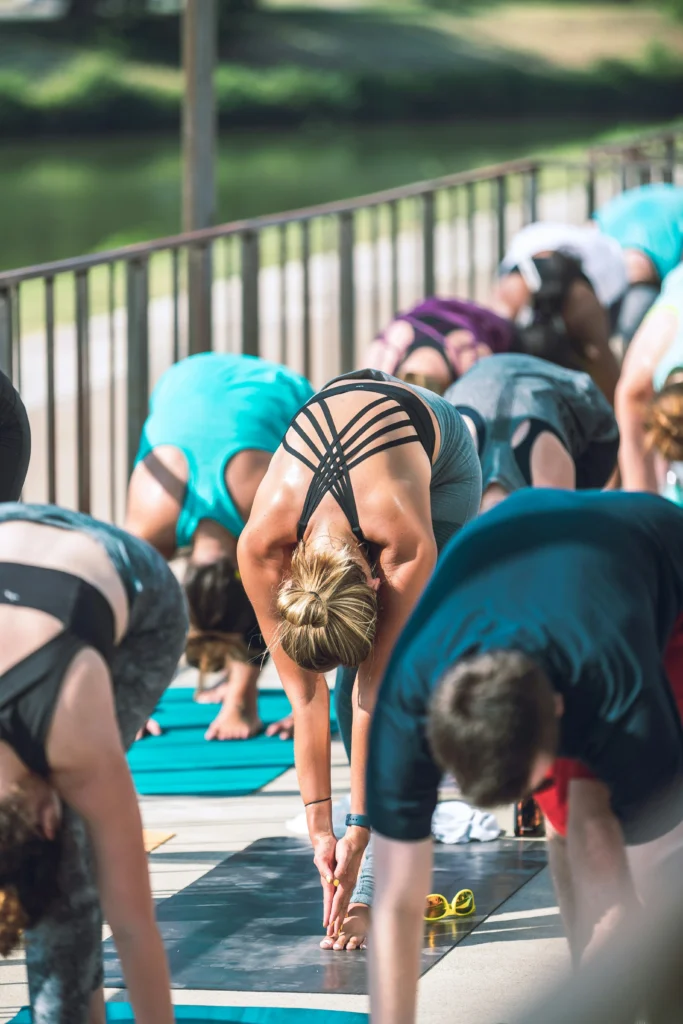
The journey through somatic yoga can be profoundly personal, but it doesn’t have to be solitary. Connecting with a supportive community can enhance your practice, providing emotional support, motivation, and shared experiences. Here’s how you can find and engage with a community:
- Yoga Classes: Attend somatic yoga classes in your area. This not only provides guidance from a qualified instructor but also helps you meet others on a similar path.
- Online Forums and Social Media: Join online communities and forums where people discuss their experiences with somatic yoga. Platforms like Facebook, Reddit, and specialized yoga websites offer groups for sharing advice, experiences, and support.
- Workshops and Retreats: Participate in workshops and retreats, which are great for deeper learning and connecting with enthusiastic practitioners. These events often foster a sense of community and belonging.
- Study Groups: Form or join a study group to practice somatically with peers. This can provide a space for sharing techniques, offering feedback, and supporting each other’s growth.
Being part of a supportive community not only helps you stay committed to your practice but also enriches your emotional healing journey, providing strength and encouragement from shared experiences and collective wisdom.
Tools and Resources for Continued Practice
To further your journey in somatic yoga and ensure a sustained practice, utilizing a variety of tools and resources can be incredibly helpful. Here are some recommendations to enhance your learning and practice:
- Books and eBooks: Consider reading books such as “Somatics” by Thomas Hanna or “Yoga for Emotional Trauma” by Mary NurrieStearns. These can provide deeper insights into the principles of somatic yoga and its applications.
- Apps: Apps like Insight Timer, Headspace, and YogaGlo offer guided meditations, yoga sessions, and educational resources that can support your practice.
- Online Videos and Tutorials: Platforms like YouTube have numerous tutorials from experienced practitioners. Channels dedicated to somatic yoga can guide you through various techniques and routines.
- Audio Guides: Audio recordings of guided somatic exercises and mindfulness practices can be useful, especially for relaxation and meditation sessions.
- Local Classes and Teachers: Keep an eye out for local yoga studios or community centers offering classes in somatic yoga. Direct interaction with knowledgeable instructors can be invaluable.
Leveraging these tools and resources will help you maintain a regular practice, deepen your understanding of somatic yoga, and support your emotional and physical well-being.
Conclusion of Somatic Yoga
Embarking on a somatic yoga journey opens up a path of self-discovery and healing that transcends physical well-being to include emotional and mental health. By following the eight steps outlined in this guide, you can begin to explore the profound connection between your body and emotions, harness the power of mindfulness, and tap into the supportive yoga community. Remember, the key to success in somatic yoga lies in consistent practice, mindfulness, and a compassionate approach to your body’s needs and signals.
Start Today!
Now that you are equipped with the knowledge and steps to begin your somatic yoga practice, why not start today? Choose one of the steps from this guide and implement it in a small session. Observe how you feel during and after the practice. Share your experiences in the comments below or join a somatic yoga group to connect with others. Embrace this opportunity to transform your emotional and physical health through the healing power of somatic yoga. Let your journey to deeper awareness and emotional stability begin now!
Read more:
- 7 Best Yoga Stretching Exercises for Busy People
- Top 5 Yoga Pants for Ladies Under $50: Stylish and Affordable Finds on Amazon
- 8 Brilliant Reasons Why a Yoga Class Beats a Gym Workout!
FAQ: Somatic Yoga for Beginners
Q1: What is somatic yoga?
A1: Somatic yoga is a form of yoga that emphasizes internal physical perception and awareness. It focuses on the sensations within the body, encouraging a mindful and introspective approach to yoga that helps release tension and enhances emotional and physical healing.
Q2: How does somatic yoga help with emotional healing?
A2: Somatic yoga aids in emotional healing by helping individuals become more aware of their bodily sensations associated with emotions. Through gentle movements and mindful awareness, it facilitates the release of stored emotional tensions and traumas, promoting a state of balance and well-being.
Q3: Can beginners practice somatic yoga?
A3: Absolutely! Somatic yoga is suitable for individuals of all skill levels, including beginners. It starts with basic movements and gradually progresses, allowing newcomers to develop body awareness and mindfulness at their own pace.
Q4: What are some basic somatic yoga exercises I can start with?
A4: Beginners can start with simple exercises like the cat-cow stretch, mindful breathing, and gentle body scans. These practices help cultivate awareness of bodily sensations and are foundational in learning to regulate emotional responses through yoga.
Q5: How often should I practice somatic yoga?
A5: The frequency of practice can vary based on individual schedules and goals, but starting with two to three sessions per week can be beneficial. Even a few minutes of daily practice can significantly impact your emotional and physical health.
Q6: Do I need any special equipment for somatic yoga?
A6: No special equipment is required. However, using a yoga mat and wearing comfortable clothing can enhance your practice by allowing freedom of movement and preventing slipping.
Q7: Is somatic yoga safe for those with physical health issues?
A7: Somatic yoga is generally safe, but if you have chronic health issues or concerns, it’s advisable to consult with a healthcare provider or a qualified yoga therapist before starting any new exercise regimen.
Q8: Where can I find resources to learn more about somatic yoga?
A8: There are many resources available, including books, online courses, and video tutorials. Local yoga studios may also offer classes specifically focused on somatic practices.
Q9: How does somatic yoga differ from other types of yoga?
A9: Unlike more traditional forms of yoga, which often focus on achieving specific poses, somatic yoga centers on experiencing movements and the sensations they evoke within the body. It prioritizes internal awareness over external form, making it particularly effective for emotional and physical therapy.
Q10: Can somatic yoga improve overall well-being?
A10: Yes, somatic yoga can significantly improve overall well-being by reducing stress, increasing body awareness, enhancing emotional resilience, and improving flexibility and strength. Regular practice leads to greater balance and health across various aspects of life.


